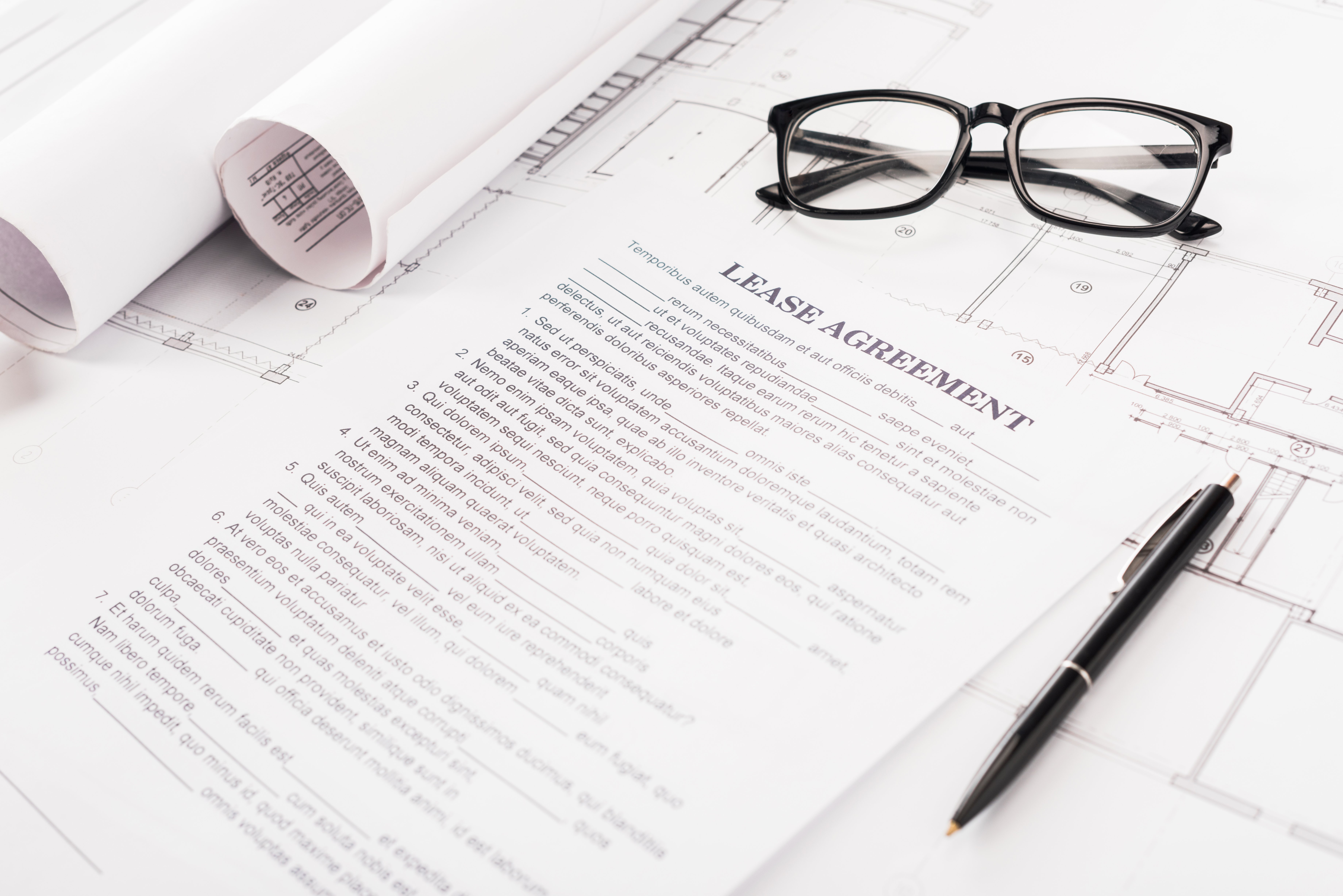Lease Addendums: What are they and how do you write them?
As hard as you might try to account for every possible scenario when drafting a rental lease agreement, you never really know what the future holds. Situations change, the wants and needs of property owners (and tenants) change, and when they do, lease addendums can save the day.
With that in mind, let’s take a look at the definition of lease addendums, why and when they’re useful to property owners, and what they need to include to be enforceable.
What are lease addendums?
Firstly, a quick note about terms. A lease addendum may also be referred to as a:
- Lease amending agreement
- Rental lease amendment
- Amendment to lease
These terms are often used interchangeably and refer to the same thing. Going forward, we’ll use lease addendum.
Lease addendums are legal documents that address topics and coverages not covered in existing or standard lease agreements. They are separate from the initial agreement, don’t stand on their own, and are typically tacked on later.
As long as there is nothing included in the original lease stating otherwise both property owners and tenants can initiate addendums. Before it’s officially added to the lease, however, all parties have to sign in agreement to the added terms.
Looking for a renter? Rhenti makes finding and securing a renter easy. We even have the Ontario Standard Lease Agreement incorporated into our leasing platform. Learn more about Rhenti.
My tenant and I came to a verbal agreement. Do I still need a lease addendum?
Even if you and a tenant verbally agree to change something about your lease, you should still make it formal with a written addendum.
This way, if there’s any confusion or pushback from either party in the future, you have official documentation to clear things up.
What can you cover with a lease addendum?
If there’s a kind of coverage that you’re worried is lacking in your original agreement, even a little bit, it’s probably worth adding an addendum. As long as you adhere to local tenancy laws, you can cover almost anything with one.
That said, some of the most typical reasons for adding lease addendums relate to:
- Disclosures: A tenant may want to initiate an addendum to require you to disclose anything that could affect their health or well-being, such as if there’s any asbestos or mold on the property.
- Pets: Some provinces give landlords the option to specify whether or not they want to rent to people with pets. Beyond this, conditions around owning pets on the property can also be outlined, such as the number and kind of pets allowed.
- Destructive actions: Behaviors that cause damage or alter the integrity of a property can be banned in addendums, such as smoking indoors or even within a certain distance to the property.
- Renovation: To what extent can a tenant renovate your property? Clearing this up with addendums can save countless dollars and headaches down the road.
- Property maintenance: Who’s responsible for shovelling the walkway in front of your property during the winter? If there’s an insect infestation, who takes care of it – and who flips the bill? Addendums can clear up important questions like these. Learn more about landlord maintenance obligations.
- Additional occupant: If a tenant wants to have someone move in with them, an addendum can govern how they go about that.
- Lease assignment: Say a tenant wants to leave the country for half a year. They don’t want to fully move out but they also don’t want to pay rent while they’re away. An addendum might allow them to sublet their place to another tenant during that time.
How do I write a lease addendum so that it’s legally binding?
The actual wording of your lease addendum will depend on the original lease it’s being added to, local landlord-tenant laws, and its specific kind of coverage.
This last point is why it’s best to create different addendums for different topics, rather than trying to cover everything in one. For example, if you want to add coverage related to renovations and disclosures, it’s best to create two separate addendums, one for each topic. This keeps things organized for yourself, not to mention clearer for your tenants.
Regardless of the topic, however, all lease addendums should include the following to be legally binding:
- Landlord name(s)
- Tenant name(s)
- Property address
- Date being signed
- Effective date
- Policy/information
- Consequences for breaking the lease or addendum
- Landlord signature and date
- Tenant signature and date
Without this information, you risk ending up with an invalid, unenforceable contract, which no property owner wants to deal with. To be certain, always run any addendum you’re considering by qualified legal counsel.
Is there a rental addendum template I can use?
There’s no size-fits-all template for addendums, but Law Depot’s lease amendment tool is the next best thing.
Through a quick series of prompts, it’ll take your original lease and the addendums you want to add, and then produce a new lease that is legally binding in your area.
For more guidance, here are forms all landlords in Ontario should know.
One platform for leases, addendums, and all things leasing
For a more streamlined solution, use Rhenti.
As part of your membership, you get customizable lease forms, automated listings, smart viewings, effortless applications, and everything else you need to upgrade your marketing and leasing—all in one platform.
Get started with Rhenti today.
The blog posts on this website are for the purpose of general introductory information. They can’t serve as an opinion or professional advice. Speak to a professional before making decisions related to your circumstances.


